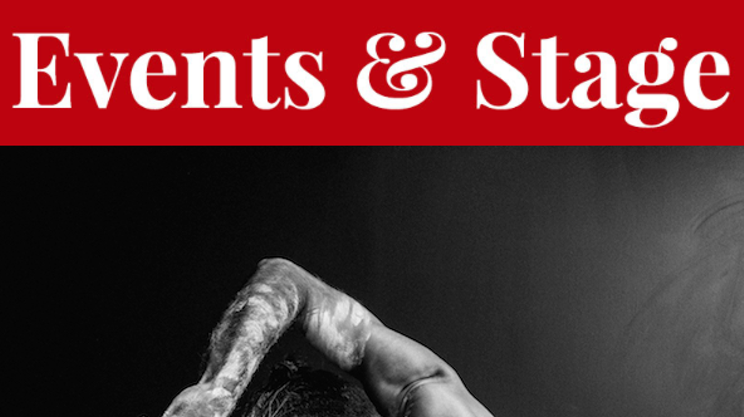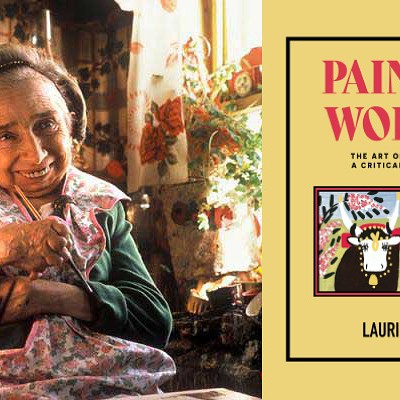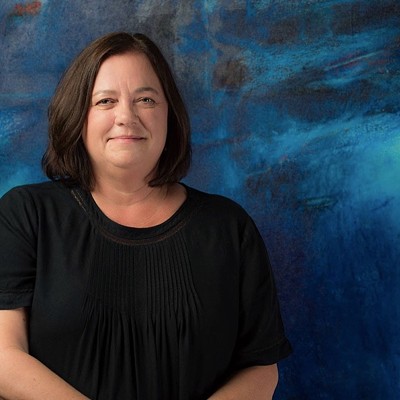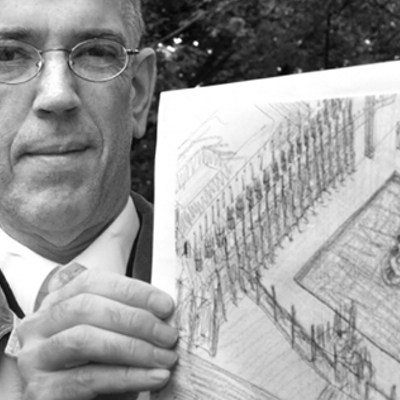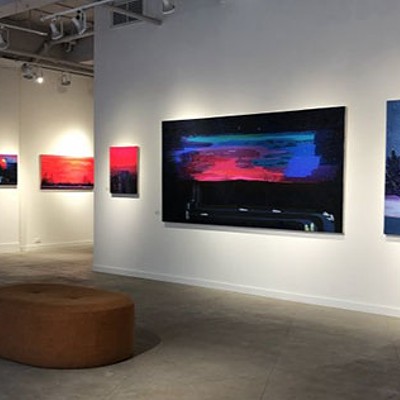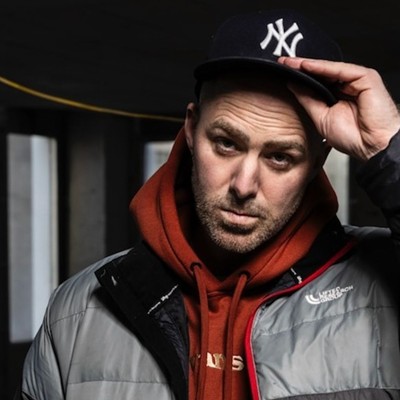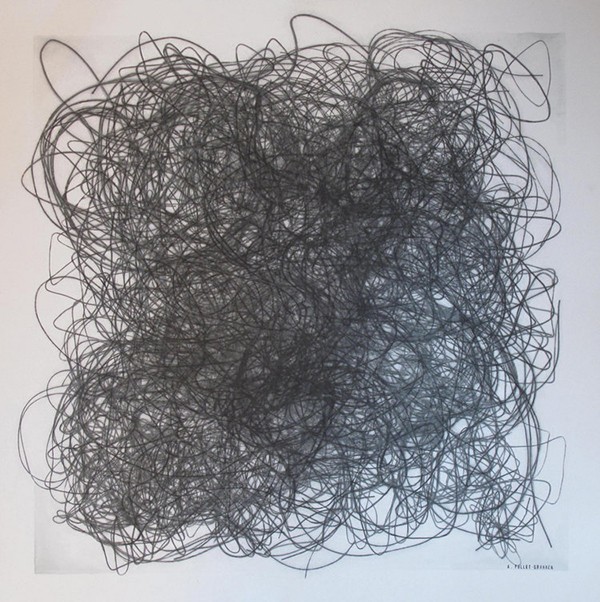
To January 27
Hermes Gallery, 5682 North Street
Artist talk: Sunday, January 13, 2pm
When sourcing materials for her artwork, Arianne Pollet-Brannen always has a sympathetic eye. In repurposing objects such as old leather shoes, she reconstructs these discarded pieces into wearable art—somewhere between ball gowns and gladiator costumes. While the forms she creates are fantastic, she is not interested in disguising her sources: She allows the shapes of these shoes to come through. The structure and fact of those objects aren't hidden by her use of them, but mutated and evolved to create thoughtful hybrids.
Her recent exhibition at North Street's Hermes gallery is no exception. In nine-one-one, Pollet-Brannen has sourced and collected her materials from the QEII Hospital, where she works as a ward clerk in the emergency medicine department. A yellow hospital gown is embroidered under glass, gloves are rendered and arranged by size from "tiny" to "huge," and illustrations that act as step-by-step instructions for how to put on gowns and masks are enlarged and considered.
When looking at the work, the brain wants to find something cold in them—the sterile, institutional feel of a hospital, the pale colours of its ephemera and Pollet-Brannen's arrangement of these objects into grids, partitions, lists and instructions. But this gut reaction does not do the work justice. In collecting, rearranging, ordering and altering these objects, Pollet-Brannen impresses meaning onto them through her time and consideration.
The best example of this (though it is a slight deviation from the other works) is her use of repurposed hospital beds: Stretching the grey material across a frame, she creates a canvas onto which she transfers her pencil and pastel portraits of the emergency department staff. Books filled with sketches and different attempts at this portraiture sit alongside the finished products, demonstrating the care and attention to detail she took throughout the process. There is a careful pause—a considering of the everyday faces and materials in her workplace—and these seemingly commonplace objects become clever, thoughtful and worthy of our contemplation.

